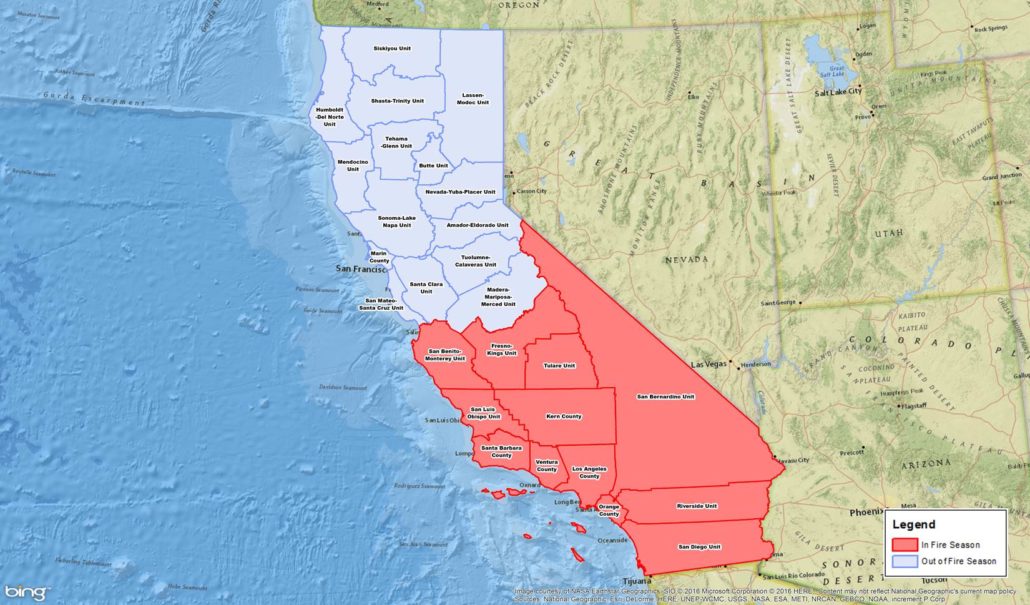Fire Season Over for NorCal
Since May 1st of this year, CAL FIRE (California’s state fire agency) has been in “fire season” mode. This designation denotes a state of higher alert in which staffing is increased, burn restrictions are tightened, and wildfire monitoring efforts are intensified.
With the recent mild and wet weather, all Northern CAL FIRE units north of Fresno (15 of the 27 in California) were able to transition away from fire season into what they call “winter preparedness.” This change in the state’s preparedness level is typically preceded by prolonged rains and cooler forecasted temperatures across the region, lowering the threat of wildfire ignitions and allowing officials to reduce alert levels.
In Northern California, a series of storms and forecasted wet conditions have allowed all of the units to down-staff by releasing seasonal fire stations and firefighters. This also means that burn restrictions have ceased, allowing multiple prescribed fire projects to get underway in the region. The change to winter preparedness typically lasts until the following May when conditions begin to worsen as the summer months approach.
In the map below, we show the fifteen units currently out of fire season and the twelve from Southern California still prepared for higher fire activity. As drought conditions continue to have a hold on Southern and Central California, CAL FIRE will maintain fire season status and staffing to meet the continued threat there.

CALFIRE Unit Fire Season status as of November 2016
Weather Outlook
The outlook for the Northern California region has improved significantly since earlier this year. Much of the region has been in a long-term drought for years, which has lengthened and stregthened each coinciding fire season. Over the course of this year, the worst of the drought has slowly crept south with mostly moderate drought conditions remaining for areas north of Fresno. Part of the reason has been the return of regular precipitation in northern areas. Rain began to fall in early October and a series of storms at the end of October and through November produced heavier precipitation. As winter sets in, more wet weather systems are expected to continue to bring precipitation to the region, leaving large fire potential at minimal levels through next February.




One Comment